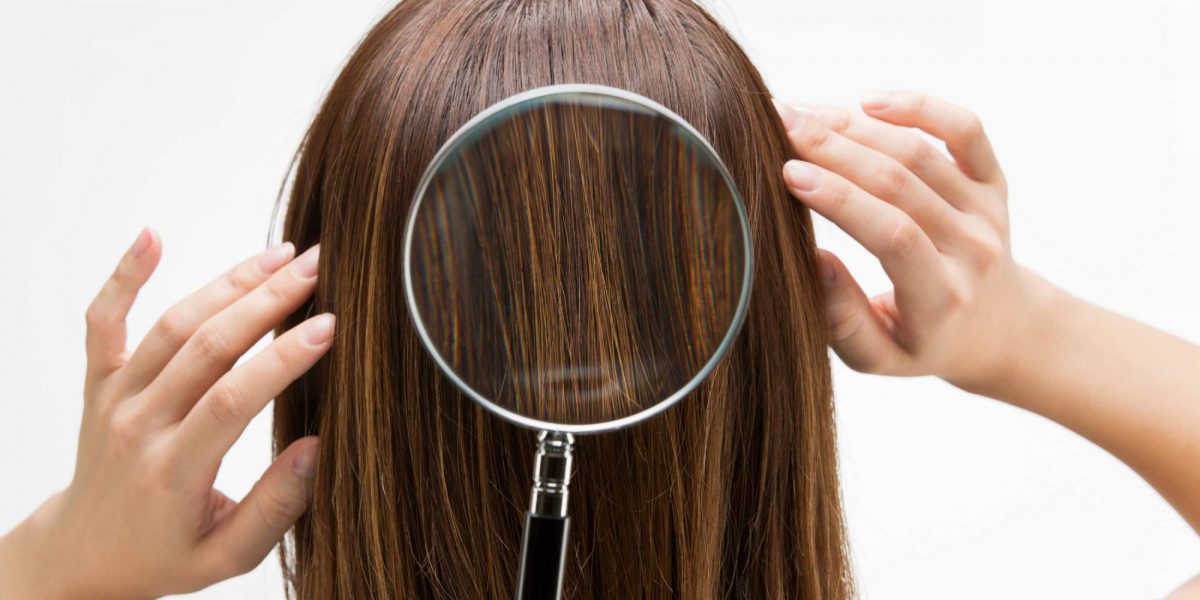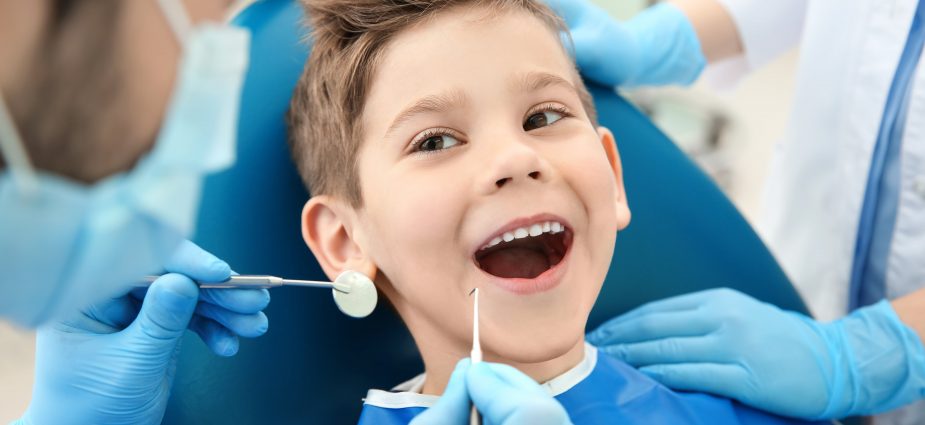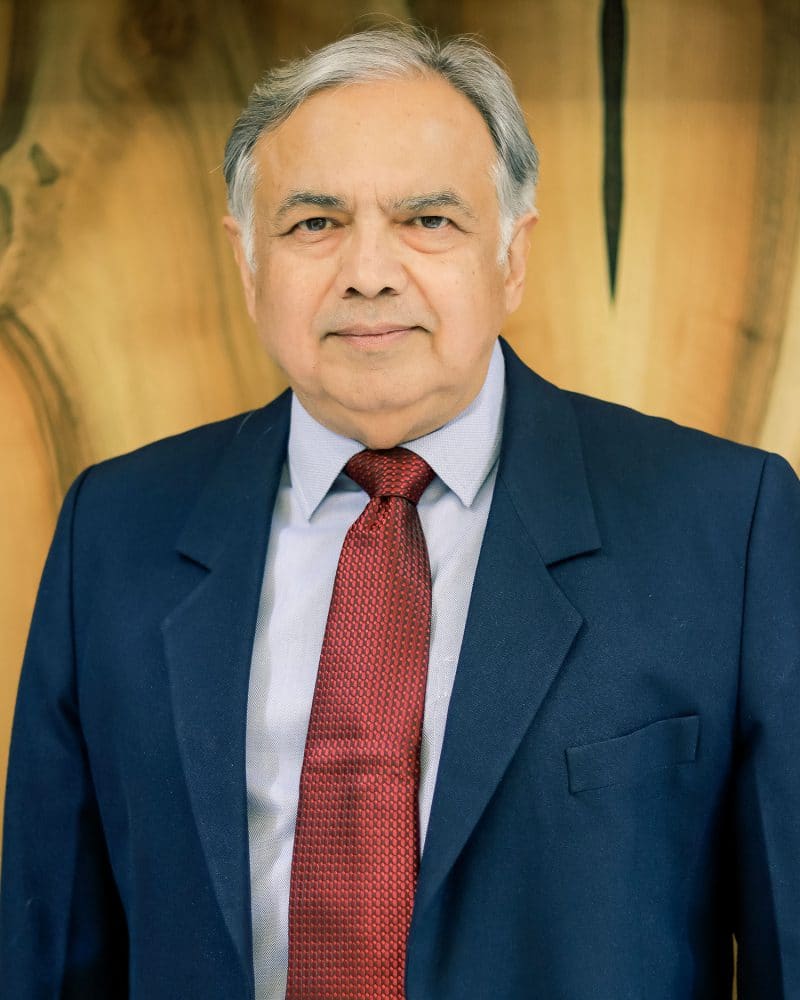- Home
- About Us
- Plastic & Cosmetic SurgeryPlastic ReconstructiveFace ContouringBreast SurgeryBody ReshapingRejuvenation
- Cosmetology & Dermatology
- Trichology
- Eye Surgery
- Oral & Maxillofacial Surgery
- Pediatric Preventive Dental Care
- International Patients
- Media and Awareness
- Testimonials
- Contact Us
- CALL US
- E-CONSULT
- Home
- About Us
- ServicesPlastic & Cosmetic SurgeryCosmetology, Dermatology & TrichologyEye SurgeryOral & Maxillofacial SurgeryPediatric DentistryPlastic ReconstructiveFace ContouringBreast SurgeryBody ReshapingRejuvenationCosmetology ProceduresDermatology TreatmentsOral & Maxillofacial servicesOral & Maxillofacial servicesOral & Maxillofacial servicesPediatric Dentistry ServicesPediatric Dentistry Services
- International Patients
- Media and Awareness
- Testimonials
- Contact Us
Hair Transplant Surgery with techniques like FUE and FUT to treat alopecia (baldness).
- Home
- Trichology
- Hair Transplant
Hair Transplant Surgery
Hair transplant surgeries date back to the 1950s. Surgeons across the world have been working on improving and perfecting these techniques. Of course, the hair transplant surgeries performed today are very different from back then, and the results are also far more superior.
Hair transplant is a surgery performed to treat baldness. The procedure involves removing healthy hair follicles from one area of the body (known as the donor area) and planting them in the area where there is no hair (known as the recipient area). The hair follicles used for the purpose of removal and grafting are called “follicular units”.
The surgeon performing this procedure needs to be highly skilled since the follicular units are fragile and delicate to handle.
There is no ‘one size fits all’ for hair transplant. Dr. Shrirang treats each case on its own merits and suggests a solution that is most appropriate.
Myths about Hair Transplant
- MYTH - Hair Transplant is painful
You need to keep in mind that almost all the medical procedures are painful to some extent. However, with new advancements in the field of cosmetic surgery the pain associated with Hair Transplant has diminished significantly.
- MYTH - Everyone can undergo the procedure
Remember that not every individual is a good candidate for Hair Transplant surgery. Initially, you require a suitable donor area which has plenty of hair for grafting. Next, you should have a healthy scalp.
- MYTH - Hair transplants can be easily recognized
With the new techniques, it really is quite challenging to tell if somebody has undergone the procedure or not.
Who is the ideal candidate for Hair Transplant?
Any adult (male or female) who is suffering from alopecia (baldness) and is medically fit for surgery is eligible for hair transplant surgery.
What to expect before and after the surgery?
Sometimes doctors give medication before the surgery to maintain your current hair growth and keep the donor area healthy. Apart from this, no other medication is administered before the surgery, nor does the patient have to take any extra precautions.
The doctor will prescribe medicines post-surgery to alleviate the pain. You will also need to take some medicines to keep the swelling down and to reduce chances of infection.
After the surgery, Hair Transplant surgeons ask their patients to cover their head for a couple of days after the surgery. The stitches remain absorbable so there is no need for the patient to come to the clinic to remove them. Patients go back to work within a couple of days after the surgery. They are able to resume their daily routine without any major hindrances or precautions.
What are the types of Hair Transplant?
There are two types of Hair Transplant techniques:
- FUT: In Follicular Unit Transplantation or FUT the doctor selects the donor area near the back of the scalp or the sides of the head. A linear strip is harvested from the center of the permanent zone on the back of the head. The strip is dissected into smaller units known as grafts. These grafts are implanted on the head where there is no hair.
- FUE: Unlike FUT, where a continuous strip is taken from the center of the donor area, FUE involves harvesting individual hair follicles from the entire donor area. FUE shows no visible scarring.
How much does Hair Transplant cost?
The hair transplant in India costs depends on how many grafts you require and what is the level of your baldness.
FUE Technique
In FUE hair transplant surgery, Micro Follicular units from donor site are harvested and placed into micro slits made in the recipient area. FUE technique is best suitable for hair transplant which typically need smaller number of grafts (1000-1500 grafts). A Follicular unit contains multiple follicles with different directions.
In FUE, the follicles are harvested with a blind tubular punch, So, chances of a transaction of harvested hair roots (damage to one or more hair root among harvested follicular unit) as well as surrounding follicle is much high with this technique. So less number of hair grow from transplanted follicles than FUT hair transplant Technique. With this technique, maximum we can harvest up to 1500-2000 follicles from a safe-permanent zone.
If we have to get more number of follicles, we need to go outside it. Transplantation with such technique is a very common reason for a loss of transplanted hairs couple of year after the procedure. This is a reason why we don’t recommend FUE technique where more number of grafts is required.
Advantages of FUE technique
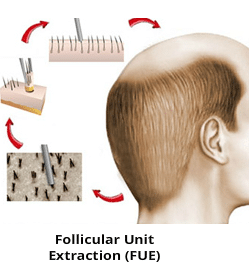
Limitations of FUE technique
FUT technique for hair transplant
In FUT hair transplant surgery, an appropriately sized strip of skin containing hairs with intact roots is harvested from back and side of the head and resulting area is closed carefully by meticulous plastic surgery suturing under magnification to give least conspicuous scar in this area. Individual grafts (follicular units) are being separated from this strip of skin under magnification and implanted in the same way as FUE inside micro slits. We use Carl Zeiss 4x magnification loupes in harvesting skin strip to avoid damage to follicles at the donor site and to make suturing meticulous. Another important thing to give the best result is to reduce ischemia time (time during which hair roots remain outside body-before implantation). We make micro-slits on recipient area before harvesting strip, which increase survival of hair more than any other technique.
Advantages of FUT technique
More number of follicles can be harvested in a single session (reason as described above, less number of follicle get transected while harvest and a team of trained technicians separate follicles under magnified vision). We do transplant of up to 3500 follicles in a single session to give maximum density in your head.
More number of hairs grows out of transplanted follicles, as; the transaction is far less than FUE.
All the transplanted hairs are from “safe permanent zone” of your hairs, so stays on your head for years.
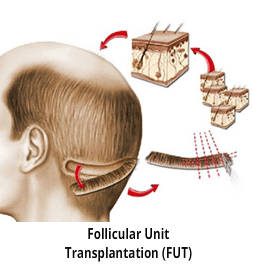
Limitations of FUT technique
Impart a scar on the back of your head (which may be visible if you are fond of keeping hairstyle with complete shaved hairs or very small 1-2 mm trimming of hairs on back.)
It has been frequently blamed as painful technique, but you can get reviews from our FUT Transplant Surgery Patients that we are making it absolutely painless procedure.
Post surgery care
Hospital stay is not needed. You can go home late in the evening. You can wear a lose cap or a cover after procedure. After the surgery the wound needs to be regularly dressed to avoid infection. Shampooing starts two days after the surgeryHair growth starts after 4-5 months and continues to grow over 1 year or so. The charges of the grafting depend on the number of follicular hair units transplanted. We recommend a cyclical vitamin therapy and applications to help you retain the results and delay the need for a repeat transplant.
How To Get Computerized Hair Analysis At Pandit Clinic?
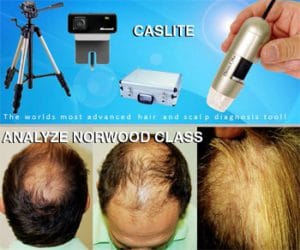
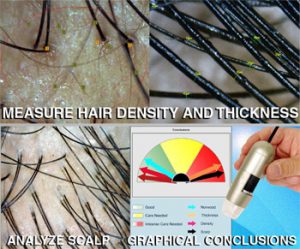
What Are Non-Surgical Options For Hair Loss?
Hair growth treatments are one of the many advanced solutions our trichology department offers. We have researched and come up with the best solutions that can lead you from hair loss to hair growth and restoration. Most of our hair loss treatments are non-invasive or minimally invasive in nature. They are safe and effective.
The non-surgical options are:
- PRP
- Cyclical Vitamin Therapy
- Mesotherapy
- LLLT
Non-Surgical Hair Loss Treatments
Meet Dr. Shrirang Pandit
Dr. Shrirang Pandit is the founder of the Pandit Clinic. He has an experience of 30+ years in plastic surgery. He is a renowned name in the industry and pioneer of aesthetic lasers in India. Dr. Shrirang Pandit has performed numerous surgeries on children with facial clefts, managed patients with burn injuries and also has a large experience with lasers on Asian Indian skin. He has attended various laser workshops and courses as faculty and is keen on educating the next generations. He is a life member of all the top plastic surgery associations like Association of Plastic Surgeons in India, Association of Surgeons of India, Indian Association of Cosmetic Laser Surgeons, to name a few. He also acts as a key opinion leader for Ultrashape Inc., Lumenis Inc, VASER Sound Surgical Technologies, USA
You Might Be Interested In
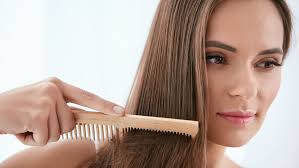
Hair Growth Treatments
Call us +91 88059 80048 Home Trichology Hair Growth Treatments Hair Growth Treatments like PRP, and Cyclical Vitamin Therapy, Mesotherapy and LLLT make it possible

Hair Analysis System
Call us +91 88059 80048 Home Trichology Hair Analysis System State-of-the-art technology and scalp diagnosis tools to analyse hair thickness, hair density and hair growth,



